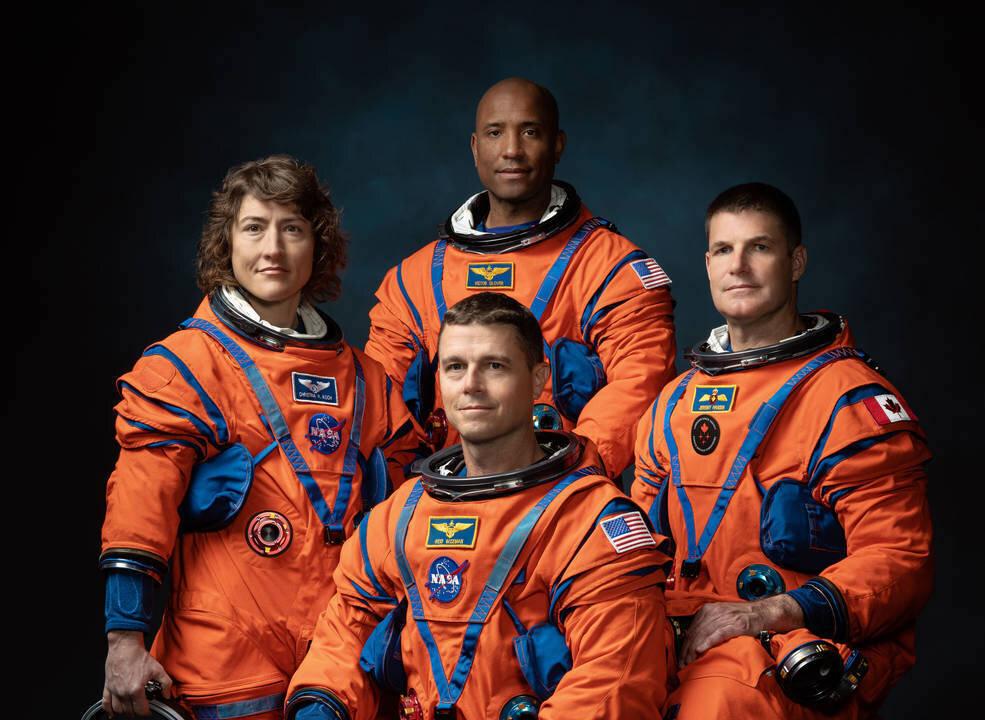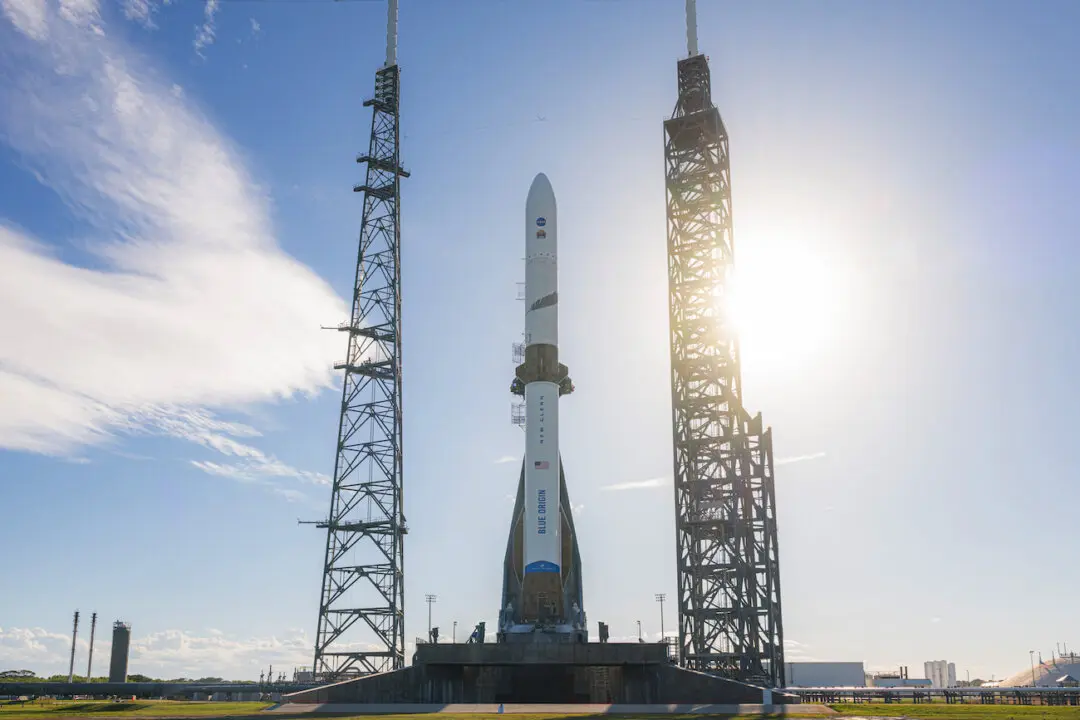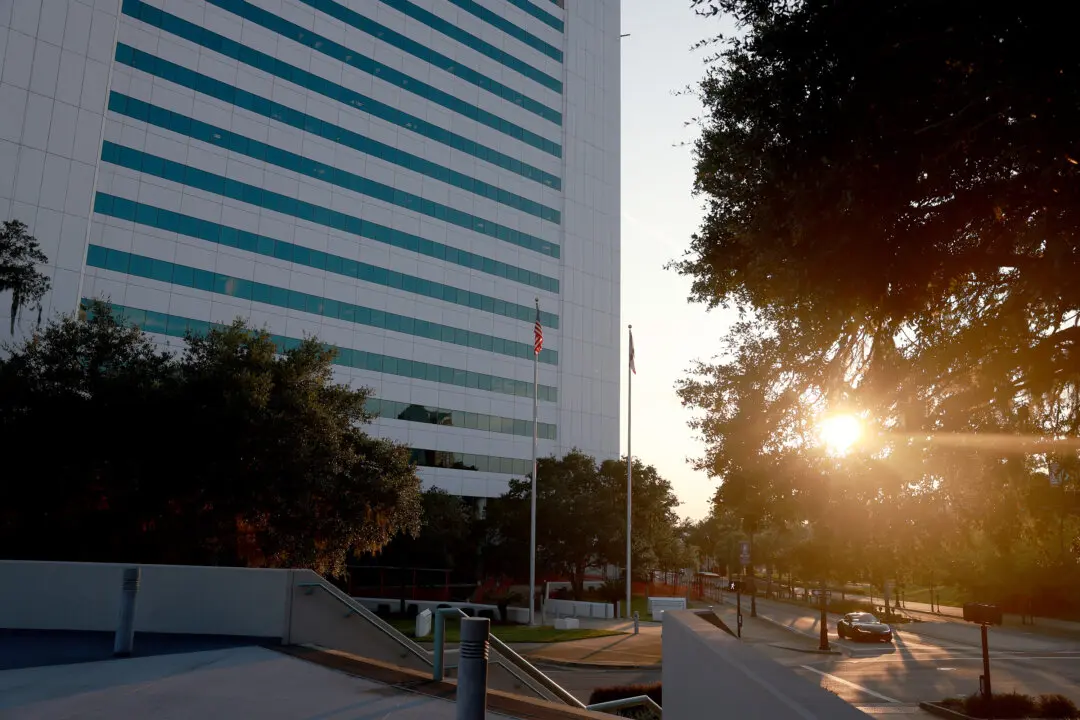NASA Administrator Sen. Bill Nelson (D-Fla.) appeared with the crew of the Artemis II mission to the moon at Kennedy Space Center and gave insights into America’s space administration’s sentiments towards its latest rival in space exploration, communist China.
“We are in a space race with China,” the former astronaut confirmed at the Aug. 8 press conference. “I think the space race is really between the United States and China, and we need to protect the interest of the international community.”





